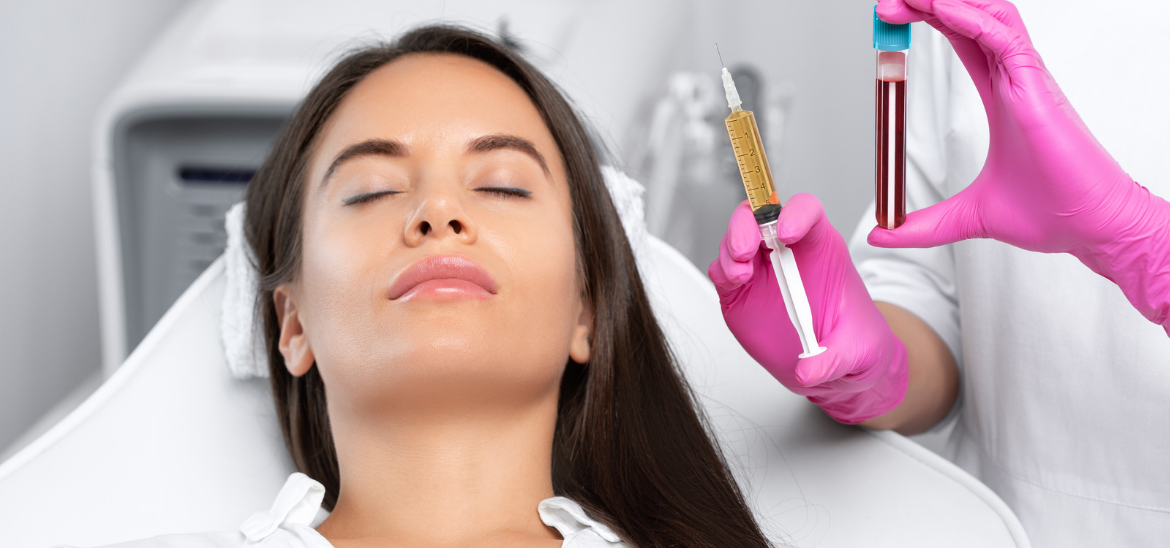Platelet-rich plasma therapy uses the best rich plasma your blood has to offer because it heals injuries faster, encourages growth factors, and also increases levels of collagen and stem cells—these are naturally produced in the body to keep you looking young and fresh. In this case, those growth factors are used to help regrow thinning hair.
PRP is done in three steps:
To carry out the therapy, your own blood is drawn, likely from your arm.
That blood is then placed into a centrifuge to spin down into three layers: plasma rich in platelets, platelet-poor plasma, and red blood cells. The PRP will be used, and the rest will be tossed.
PRP is then injected into your scalp with a syringe after a local anesthetic has been applied.
PRP injections can benefit a wider range of people than you may have initially thought. These plasma injections are platelet rich and can potentially help the following groups:
Both men and women. Male balding and hair thinning is talked about extensively, but women do not often get the same benefit of widespread information. The fact is that women can lose hair, too, due to several different factors.
Those suffering from androgenic alopecia or other forms of alopecia. This is also known as male/female pattern baldness. It is a hereditary condition that affects around 80 million people in the United States alone.Those suffering from hair loss due to high stress levels. Since this condition is not chronic, it can be treated rather easily.
Those who have recently experienced hair loss. The more recent the hair loss occurred, the better your chances are of fixing it before it is too late for PRP injections.
Those with thinning or balding hair, but not completely bald people. PRP injections are meant to thicken, strengthen, and grow hair from follicles that are still functioning, however weakly this may seem.

